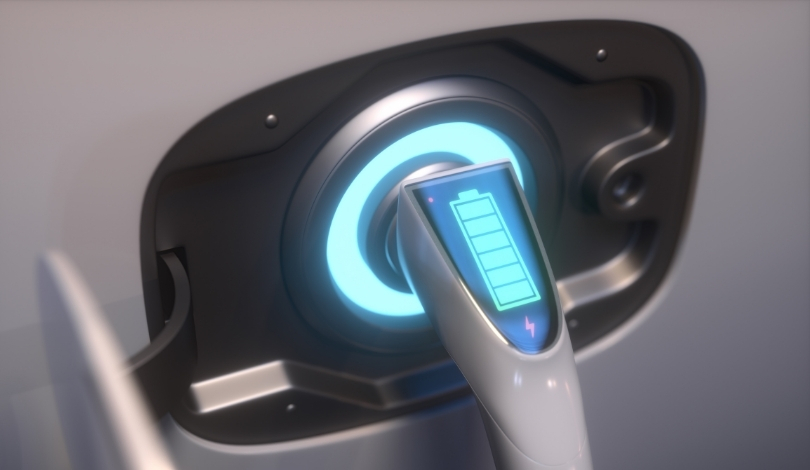The International Journal of Circuit Theory and Applications has published an article titled “A new bipolar coil structure for interoperability.” The study addresses the challenge of interoperability in electric vehicle (EV) wireless power transfer (WPT) systems by proposing a novel bipolar coil structure. Traditional coupling structures have been limited by their reliance on unipolar, bipolar, and quadrupole coils, which lack interoperability. This new approach integrates unipolar and bipolar coils within the same plane to enhance compatibility and performance, making it a significant advancement for EV charging technology.
Innovative Design
The magnetic couplers in EV WPT systems are crucial for efficient energy transfer. However, the conventional coupling structures, categorized into unipolar, bipolar, and quadrupole coils, have faced significant limitations due to their lack of interoperability. The newly proposed bipolar coil structure aims to address this issue by enabling compatibility among different coil types. This is achieved by interconnecting unipolar and bipolar coils crosswise on the same plane and aligning them with corresponding topologies. Such a design ensures a versatile and efficient energy transfer mechanism.
The integration of unipolar and bipolar coils connected in series on the DC side further enhances the system’s performance. By combining these types of coils, the new structure provides a seamless energy transfer that is adaptable to different charging needs. An experimental prototype has been developed to validate the interoperability performance, demonstrating that the new system can achieve a maximum DC-DC efficiency exceeding 85%. This efficiency is a notable improvement, considering the previous limitations of existing coil structures.
Performance Validation
An experimental prototype built to test the novel bipolar coil structure revealed promising results. The prototype confirmed that the structure could achieve interoperability among unipolar, bipolar, and quadrupole coils. This compatibility ensures that EVs equipped with different coil types can efficiently utilize the same charging infrastructure. The high efficiency rate of over 85% further underscores the practicality and effectiveness of the new design.
Earlier discussions on EV wireless charging predominantly focused on improving efficiency and reducing costs, often overlooking interoperability issues. The introduction of the novel bipolar coil structure shifts the focus towards a more integrated approach, addressing compatibility concerns alongside performance improvements. Previous designs were typically constrained by the specific coil type, limiting their universal application. This new structure, however, paves the way for a more cohesive and adaptable EV charging ecosystem.
Comparing this advancement with prior innovations, it’s evident that the emphasis has shifted from isolated improvements to comprehensive solutions. Earlier technologies made significant strides in specific areas but failed to offer a unified solution. The novel bipolar coil structure stands out by addressing a critical gap in interoperability, thus representing a more holistic approach to the development of EV wireless charging systems. This progress signifies a step towards more universally compatible and efficient charging solutions.
The novel bipolar coil structure is a significant stride in improving the interoperability of EV wireless charging systems. By integrating unipolar and bipolar coils crosswise in the same plane, the structure enhances compatibility, achieving an impressive efficiency rate of over 85%. This development is not merely a technical improvement but a step towards a more adaptable and unified EV charging ecosystem. Future research and development should focus on further optimizing this design and exploring its application in real-world scenarios. For stakeholders, understanding the specifics of this innovation can provide a clearer picture of the future of EV wireless charging infrastructure.










